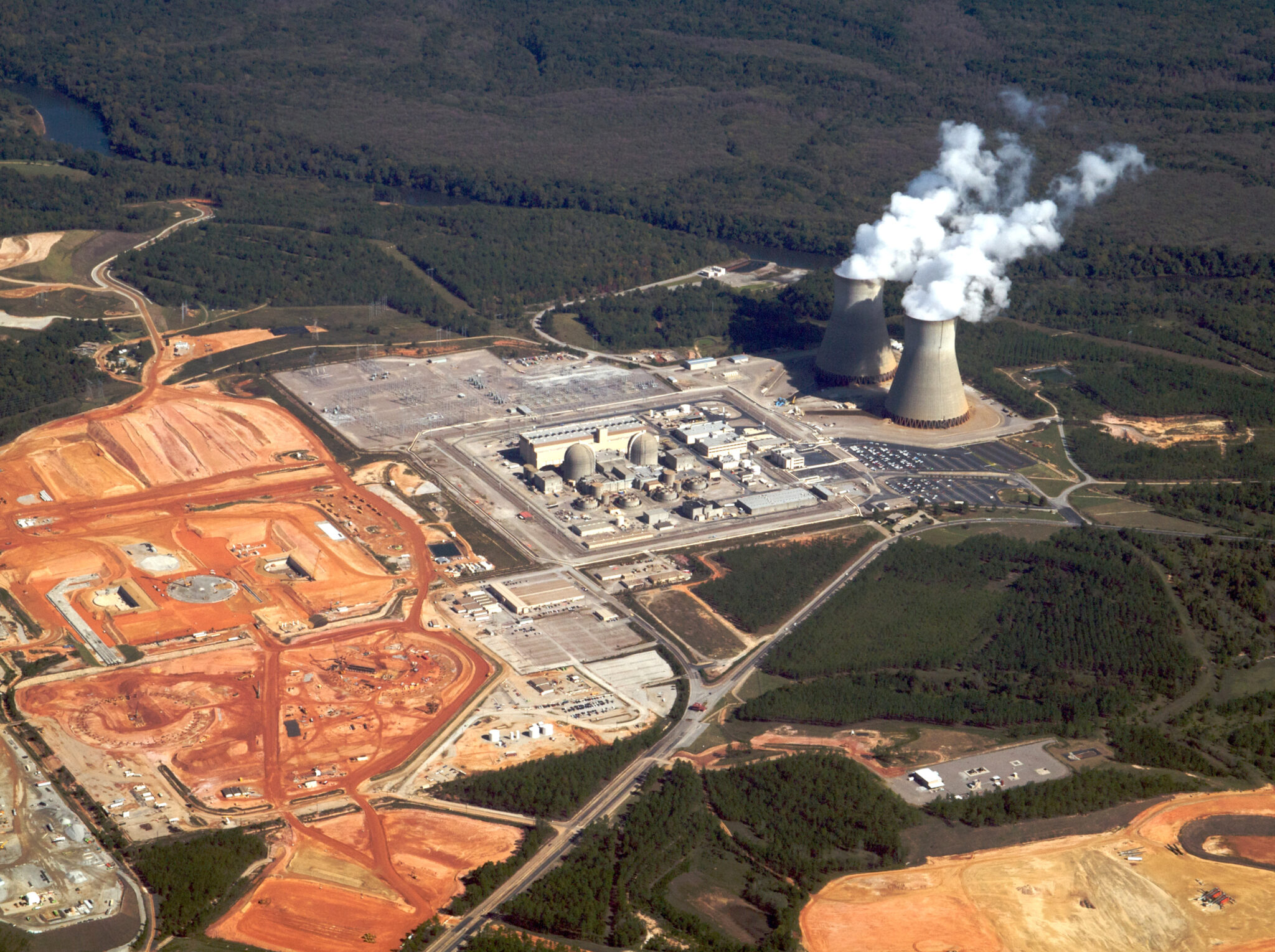

By Paul Brown
The nuclear revival the global industry has been hoping for took another hammer blow this week when two reactors under construction in South Carolina were abandoned, only 40 percent complete.
The plan had been to build two Westinghouse AP1000 pressurized water reactors to lead the nuclear revival in the U.S., but cost overruns and delays dogged the project and will have the opposite effect.
This is a further humiliation for Westinghouse, the U.S. nuclear giant that earlier this year filed for bankruptcy because of the costs associated with this new design. Hopes that a new generation of reactors could be built in the U.S. and sold to the rest of the world rested on the success of this project, and it has spectacularly failed.
By this week, construction had already cost $9 billion, almost the entire original budget, with years of building still to go. The reactors were originally scheduled to begin producing power in 2018, but this had been put back to 2021. Cost overruns had meant the final cost could be $25 billion. Around 5,000 construction workers have lost their jobs.
Changing context
The two owners of the project who had taken control after the Westinghouse bankruptcy, South Carolina Electric & Gas and Santee Cooper, announced they would halt construction rather than saddle customers with additional costs.
“Many factors outside our control have changed since inception of this project,” Kevin Marsh, the chief executive of Scana Corporation, which owns South Carolina Electric & Gas, said in a statement.
“Ceasing work on the project was our least desired option, but this is the right thing to do at this time.” He added that he realized the impact this would “have on the nuclear industry as a whole.”
The cancellation means there are just two new nuclear units under construction in the U.S., both in Georgia. These are also Westinghouse AP1000s at the existing Vogtle nuclear plant.
Double problem
Southern Company agreed to take over construction of the Vogtle reactors in the aftermath of Westinghouse’s bankruptcy, but that project is also facing delays and overruns. So far, though, construction continues.
The problem for the U.S. nuclear industry is that plentiful supplies of cheap gas and the falling cost of wind and solar power have made nuclear uncompetitive. Even many existing nuclear stations cannot compete on cost, let alone the more expensive new construction.
Nuclear power did find favor in some quarters in the U.S. because it was regarded as a low carbon source of electricity. But President Trump is trying to dismantle legislation that would have helped the industry get credit for this.
The repercussions of the decision to abandon the building of the South Carolina reactors will be felt across the Atlantic in the UK, where three reactors of the same design were due to be built in Cumbria in the northwest of England.
NuGen, the UK company that planned to build them, is, like Westinghouse, a subsidiary of the Japanese giant Toshiba. It was already reviewing its plans to build them before this week’s news broke.
Officially this is still the position, but it seems unlikely that the company would gamble on trying to build reactors of a design that could not be completed successfully in the U.S.
In other businesses, the collapse of a large rival might be seen as an opportunity for companies in the same field, but in the nuclear industry cost overruns and delays are a familiar story and are likely to knock confidence further.
All big nuclear companies have new designs being constructed on home turf. Their plan has been to demonstrate how well they work and then export them. But this is currently not working anywhere, most spectacularly in Europe, where the French giant EDF is in deep trouble with its flagship design, the even larger 1,600 megawatt pressurized water reactor.
Rapid delay
Prototypes under construction at Olkiluoto in Finland and Flamanville in France are, like the AP 1000, years late and over budget.
Construction has started on two more at Hinkley Point in Somerset in the West of England, but already, within weeks of the first concrete being poured, a delay has been announced.
Although the British Government still supports the project, it has already been questioned by the UK National Audit Office, which polices government finances. The NAO said consumers will be paying far too much for the electricity even if the project is finished on time, which on the industry’s past record seems extremely unlikely.
With renewables providing more and more cheap power in Europe and across the world, it seems unlikely that any of the new generation of large nuclear plants will ever be able to compete.
Phase-out planned
Japan, still suffering from the after effects of the Fukushima disaster of 2011, is unlikely to be able to resuscitate its nuclear industry, and South Korea, with arguably the most successful nuclear construction record, has a new government which wants to phase out the industry.
Only China and Russia, where what is really happening in their nuclear industries is a closely guarded secret, remain as likely exporters of new nuclear stations.
Both countries offer to supply fuel to countries which buy their reactor models. As well as building them, they offer as part of the package to get rid of the spent fuel and waste, so any country that buys nuclear power from China and Russia is effectively tied to them for a generation or more.
So for Russia and China, selling nuclear power stations is a political decision to extend their influence rather than an economic one—and it could be an expensive option for all concerned. From a purely economic perspective, however, it appears the nuclear industry is reaching the end of the road.
Reposted with permission from our media associate Climate News Network.

 233k
233k  41k
41k  Subscribe
Subscribe 